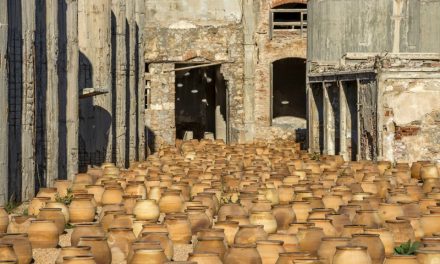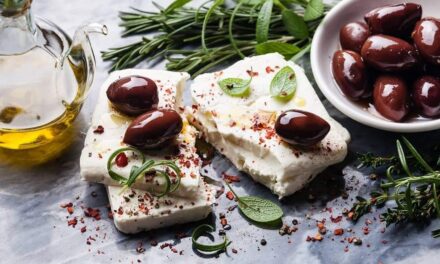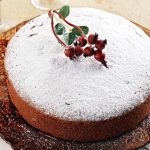Easter is an extremely important holiday in Greek Orthodox Christianity, with its religious significance arguably exceeding that of Christmas. While Christmas is increasingly associated with merrymaking, shopping and gift-giving, hence accentuating its more commercialized -as well as westernized- features, Easter in Greek and Eastern Orthodox tradition in general still retains its solemnity and purely religious aspect.
Preceded by a long period of fasting, which culminates in the Holy Week, Easter marks a celebration that attracts people of all ages to the church – even those that are not otherwise devout. As is natural, there are various traditions associated with the days leading up to the Holy Easter. Many of them are local to particular regions, and they are more widely observed in the countryside and small towns, compared to Athens and other big cities.
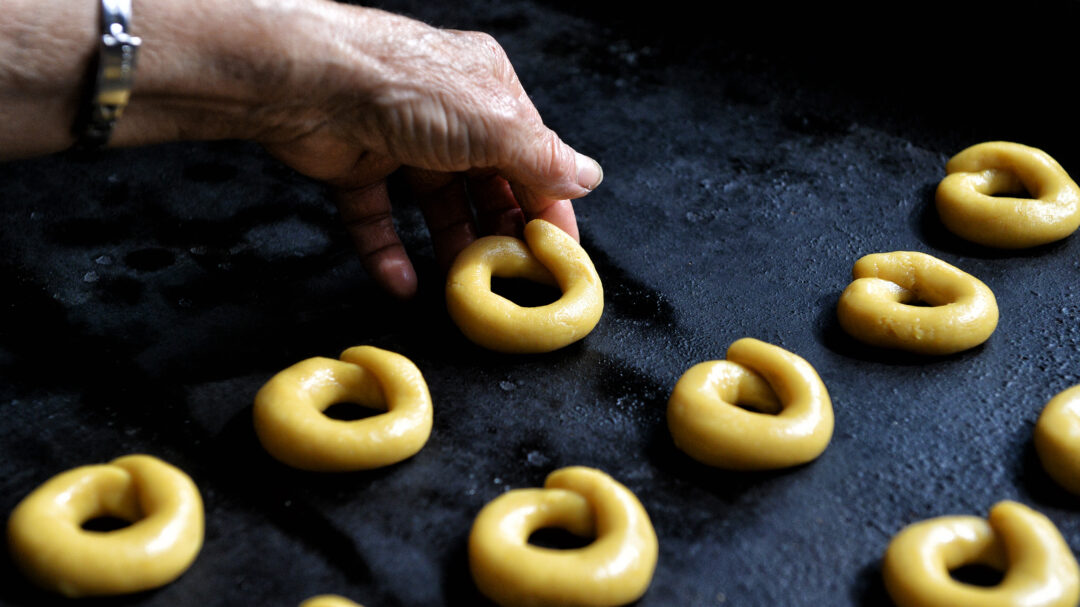
The Greek Pascha
The Greek word for Easter is Pascha, deriving from the Hebrew word Pesach, the name of the major Jewish holiday of the Passover; the holiday celebrates the Exodus of the Israelites from slavery in Egypt and, according to scripture, it was celebrated at the time of Jesus’ crucifixion, which in turn symbolized mankind’s liberation from sin and death. The Greek Orthodox tradition of consuming lamb on Easter Sunday possibly alludes to the corresponding Jewish Passover tradition of the sacrificial lamb.
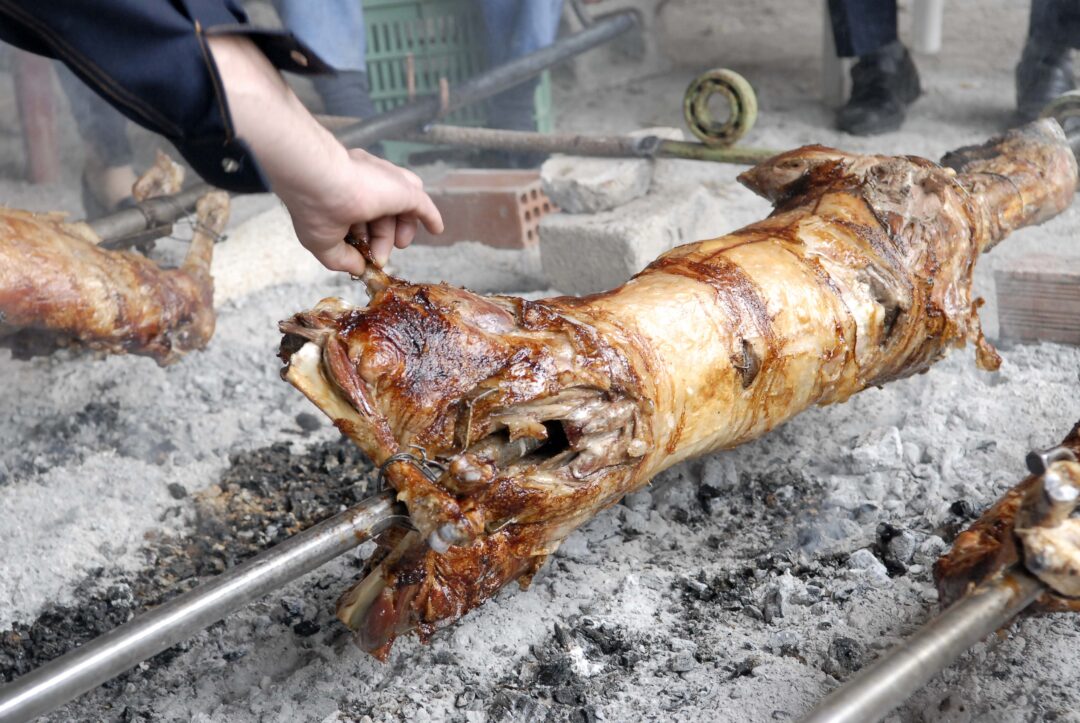
Back to the roots
Due to the nature of many of Easter traditions, and to the holiday taking place in the springtime, this Easter has closely been associated with the countryside and the outdoors, leading many city-dwellers to leave urban areas for a few days and visit their country homes, their relatives in the village or simply take a vacation in greener areas. The center of cities like Athens and Thessaloniki is thus noticeably emptier around the holidays, unlike Christmas, when it remains busy and festive throughout.
Additionally, Easter is especially perceived as a time to reconnect with family, giving people an additional incentive to travel to their birth towns and places of origin outside of the big cities. Easter Sunday, above all other days, is a feast traditionally taking place outside, on terraces and backyards, with lamb on a spit being the day’s signature dish.
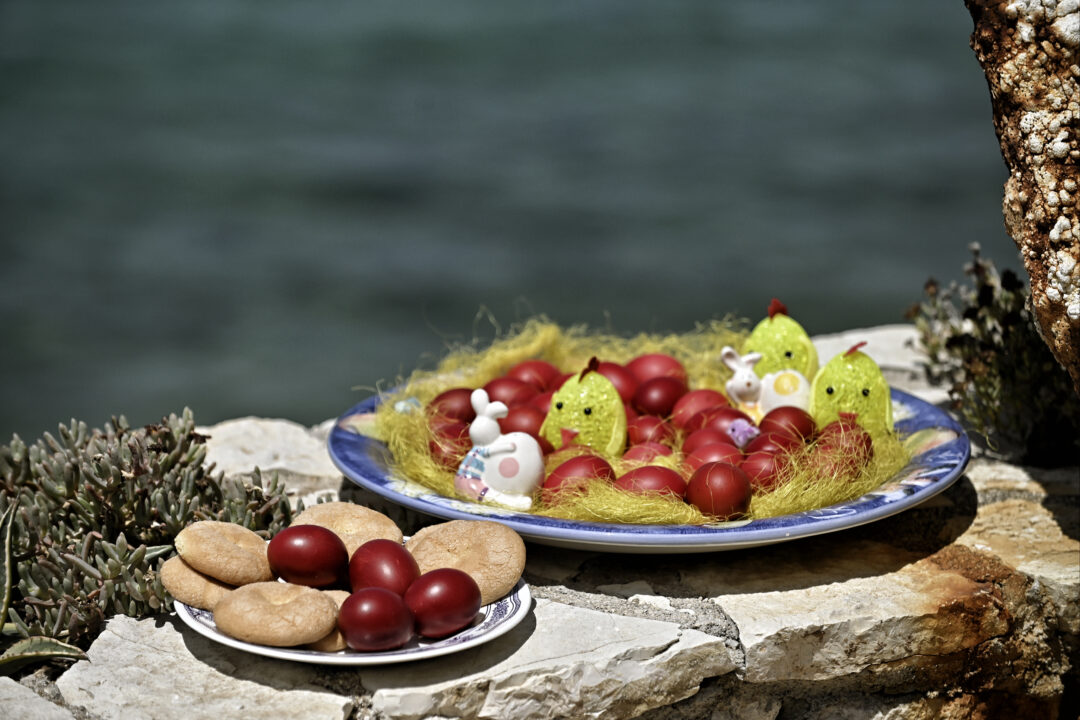
Great Lent
As with most important holidays in the Greek Orthodox church, Easter is preceded by a period of fasting. The Great Lent, known in Greek as Sarakosti, lasts for 48 days, during which worshippers are expected to abstain from most animal products in their diet, as an exercise of cleansing and a show of grief and discipline in preparation for the feast of Easter.
The last weekend before the Holy Week comprises Lazarus Saturday and Palm Sunday. The former celebrates the resurrection of the eponymous Biblical figure by Jesus Christ, which foreshadowed Jesus’ own resurrection. It is hence a merry day within a period of solemn restraint.
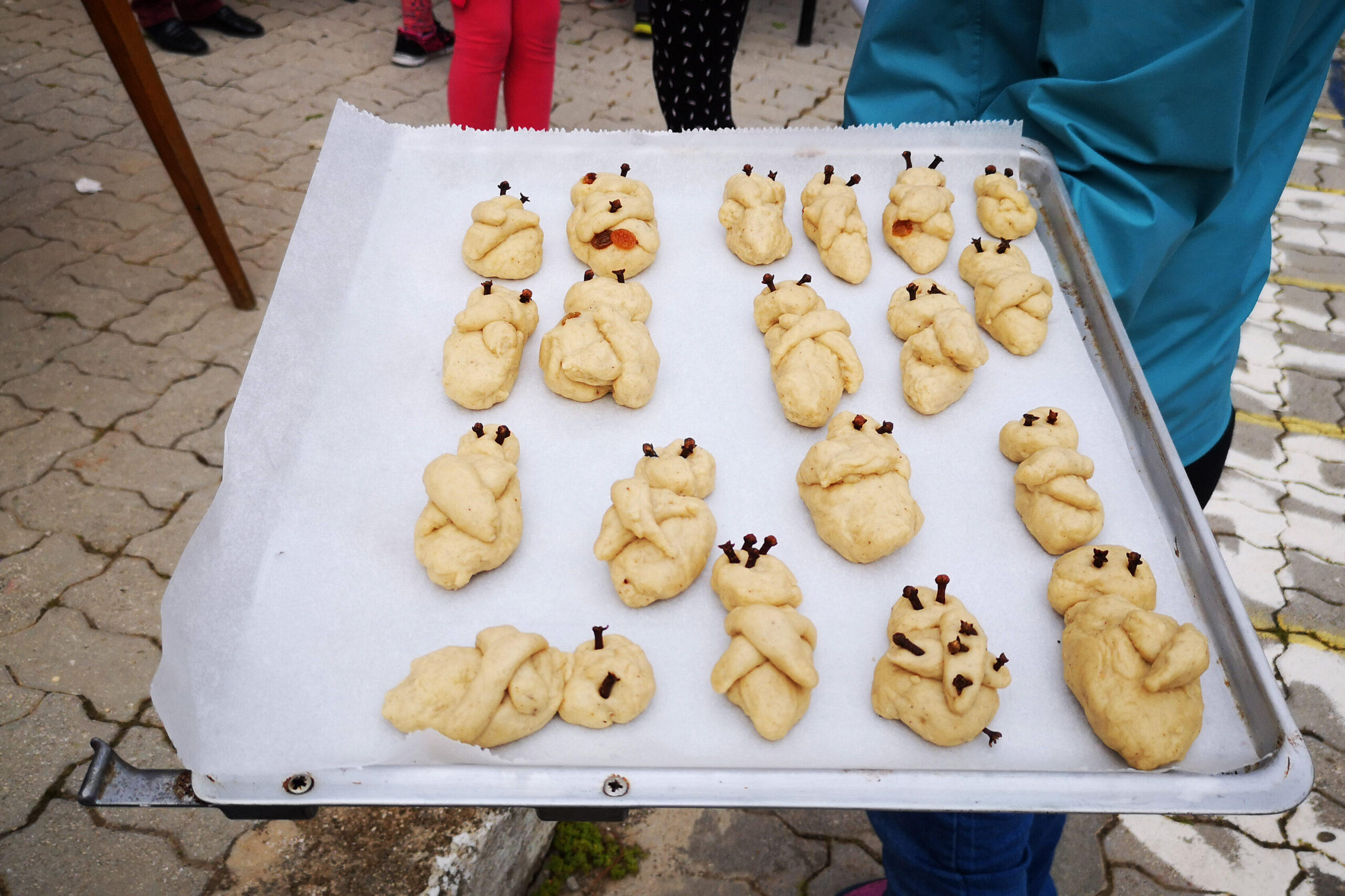
Lazarus Saturday has its own kalanda (a type of Carrols sung by children door-to-door), sung exclusively by young girls, although this custom has rather fallen out of practice in most areas. However, on can still find places where the traditional lazarakia are prepared: small, sweet spice breads in the shape of a shrouded man, usually with cloves for eyes, symbolizing Saint Lazarus of Bethany.
Palm Sunday, on the other hand, commemorates the Christ’s triumphal entry into Jerusalem where, according to the Gospels, he was greeted by crowds waving palm branches. To honor the day, churches are decorated with palm branches and / or laurel, myrtle and olive leaves. At the end of the Holy Mass, the leaves are given out to the churchgoers. Sometimes shredded palm branches are weaved to form small crosses. It is also traditional for most fasters to eat fish on this day, as is only done on great religious holidays during the Great Lent.
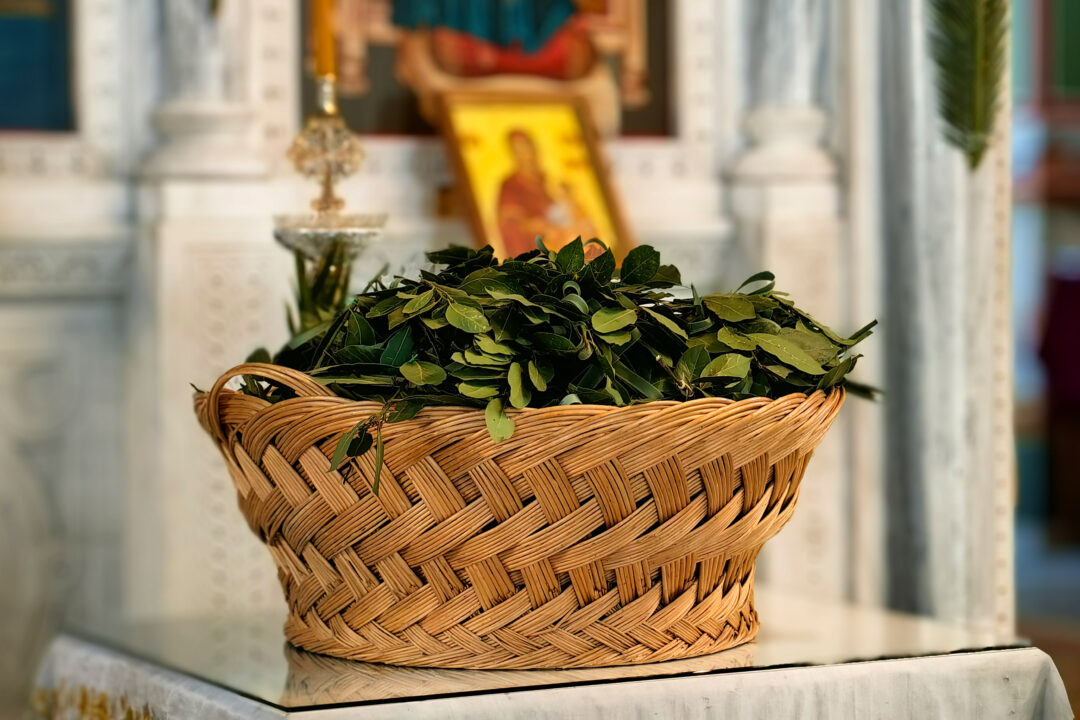
Holy week
After Palm Sunday, the Holy Week begins, marking the most somber period of the Great Lent. In former times, Holy Monday was a time when people whitewashed their homes, while Holy Wednesday was usually a day for house blessing by a priest.
Holy Thursday, the day commemorating the crucifixion of Jesus Christ, according to Greek Orthodox ecclesiastical tradition, is the day when Easter eggs are dyed. In Greek Orthodox tradition, Easter eggs are exclusively red, and it is said that this alludes to the blood of Christ, shed on the day of the crucifixion. Along with the Easter eggs, this is usually the day when homemakers also prepare the pastries that will adorn the Easter banquet: the famous sweet bread known as tsoureki, and the cookies known as koulouria or koulourakia.

Holy Friday (Good Friday) is a day of mourning, closely associated with the tradition of the Epitaphios procession: Epitaphios threnos (funerary lamentation) is the name of the matins of Holy Saturday, served on Good Friday evening. The word epitaphios means “funerary, happening on a grave”; Within a liturgical context, this is also the name of an icon, usually made of cloth and richly embroidered, depicting the body of Christ being laid in the grave, often by the Virgin Mary and some disciples.
On the morning of Holy Friday, the icon is placed on a platform, resembling a bier, typically topped with a carved wood canopy, which is then heavily decorated with ornate flower arrangements. Throughout the day, people can come into the church and venerate it. In the evening, near the end of the church service, the canopied platform bearing the icon is lifted on the shoulders of priests or churchgoers and carried through the streets, while the worshippers follow in a solemn procession, holding candles (or paper lanterns for children).
On the famous Cycladic island of Santorini, the streets where the Epitaphios procession will pass from are decorated with bronze lanterns, creating luminous paths in the night while on the small island of Hydra the procession passes through the shallow waters of a small harbor in the community of Kaminia.
Holy Saturday
On Holy Saturday, many of the devout go to church in the morning for what is known as “the first Resurrection” – a holy mass during which the priest at one point throws blessed laurel leaves to the churchgoers, announcing Resurrection of Jesus. The most famous tradition linked to the “first Resurrection” takes place exclusively on the island of Corfu, in Corfu city, where bells ring loudly and people come out to balconies and windows and throw out large clay jugs full of water, known as “botides”, which smash loudly on the ground; the famous philharmonic of the city also plays cheerful songs.
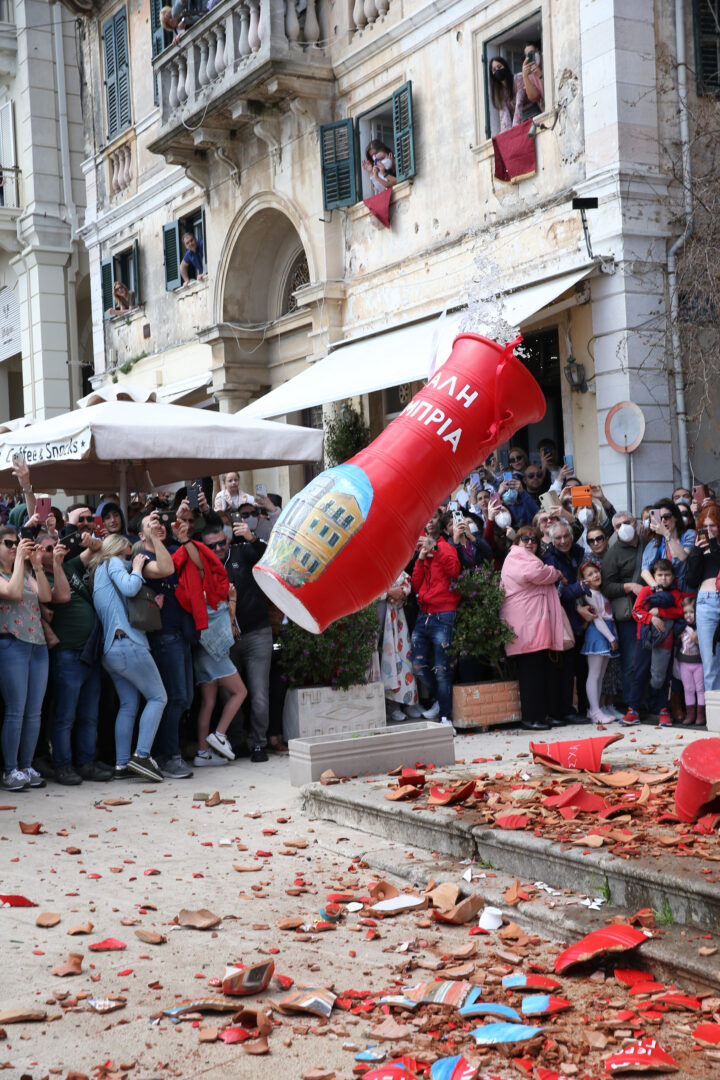
Yet, the official time to celebrate the resurrection is at midnight: around Greece, most people go to church, holding candles (that have not been lit). The candles, called lambades, are white for adults while for children they can be colored, adorned with ribbons, flowers and figurines. Many are those that gather in the churchyards, since the crowds are usually too large for the churches.
As midnight approaches, at one point the priest comes out of the chancel holding large candles lit with the Holy Light, which has arrived on that day from the Church of the Holy Sepulchre in Jerusalem; he sings “come and get light, from the light that never goes out”, and a few worshippers approach him and light their candles, then passing on the light to the other churchgoers.
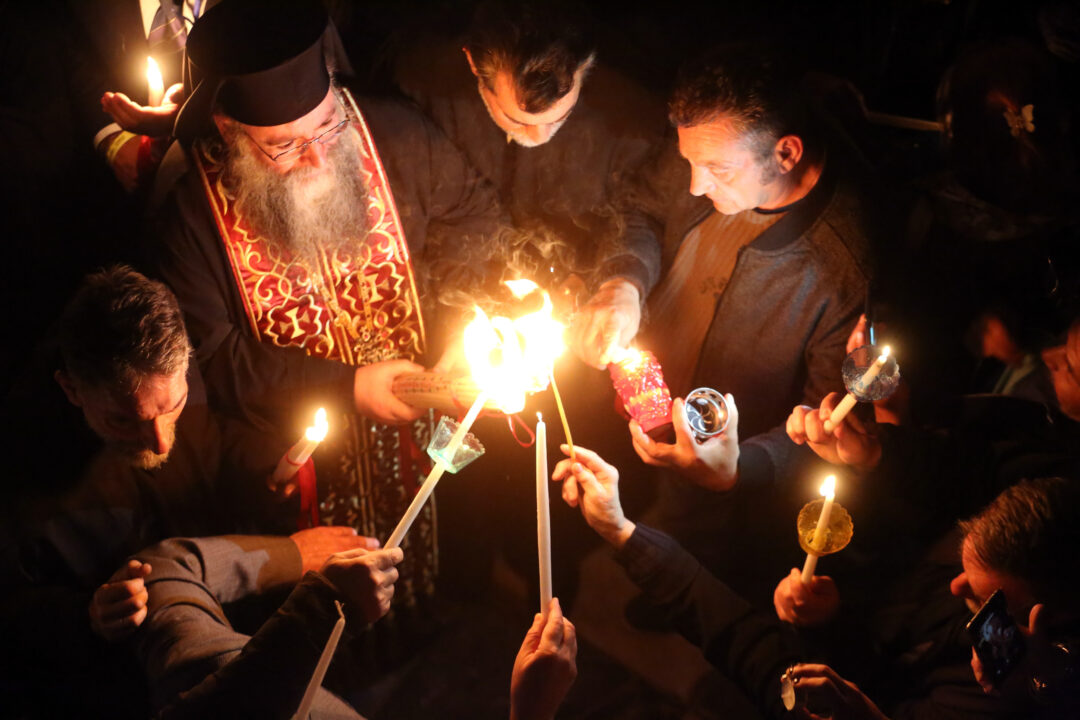
Midnight signals the moment of the resurrection of Jesus. The priest sings “Christos anesti ek nekron” (“Christ has risen from the dead”) and the bells ring in a festive way. Worshippers sing the hymn along with the priest, often moving their candles up and down, as a symbol of rising up from the grave; they embrace and kiss, exclaiming “Christos anesti” (Jesus resurrected), with the customary response being “Alithos o Kyrios” (Indeed the Lord [resurrected]).
In most cases, children and young people throw firecrackers in open spaces close to the church, and often there is a firework show. In some regions churchgoers also bang on the pews, to mimic the thundering earthquake which supposedly marked Jesus’ rising from the underworld. Some areas have customs that can be more dangerous, such as the “firecracker wars” that take place between two “rivaling” parishes in the village of Vrondados on the island of Chios; other regions have more serene and spectacular traditions, like the hundreds of hot-air balloons released into the night sky of the southeast Peloponnese village of Leonidio.
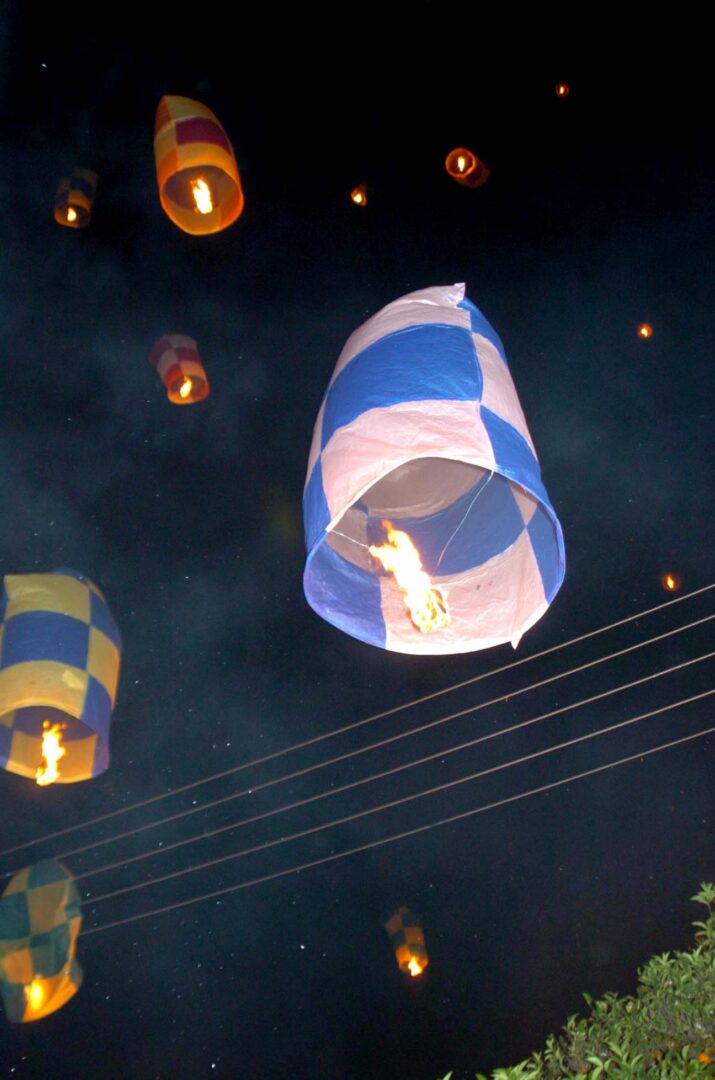
Afterwards, most people return home, still holding the lit candles, to “bring home the light”. Some make the sign of the cross above the entrance of their house or apartment, using the smoke from the candle, and might also preserve the light for a whole year in an oil lamp (kandili). Then, the family gathers for a festive late supper, which traditionally features magiritsa, a soup made from lamb offal – customarily, the offal removed from the lamb that has been prepared for roasting the following day, Easter Sunday.
Easter Sunday
Easter is celebrated on Sunday. Despite having stayed up late on Saturday, people usually wake up early to prepare for the Easter meal, which is traditionally at lunchtime, preferably outdoor. The Greek Easter dish par excellence is lamb or goat on the spit, which requires a lot of preparation and several hours of slow cooking. Another staple is the kokoretsi, which is made of lamb or goat intestines wrapped around seasoned offal (such as sweetbreads, hearts, lungs, and kidneys) also grilled on the spit.
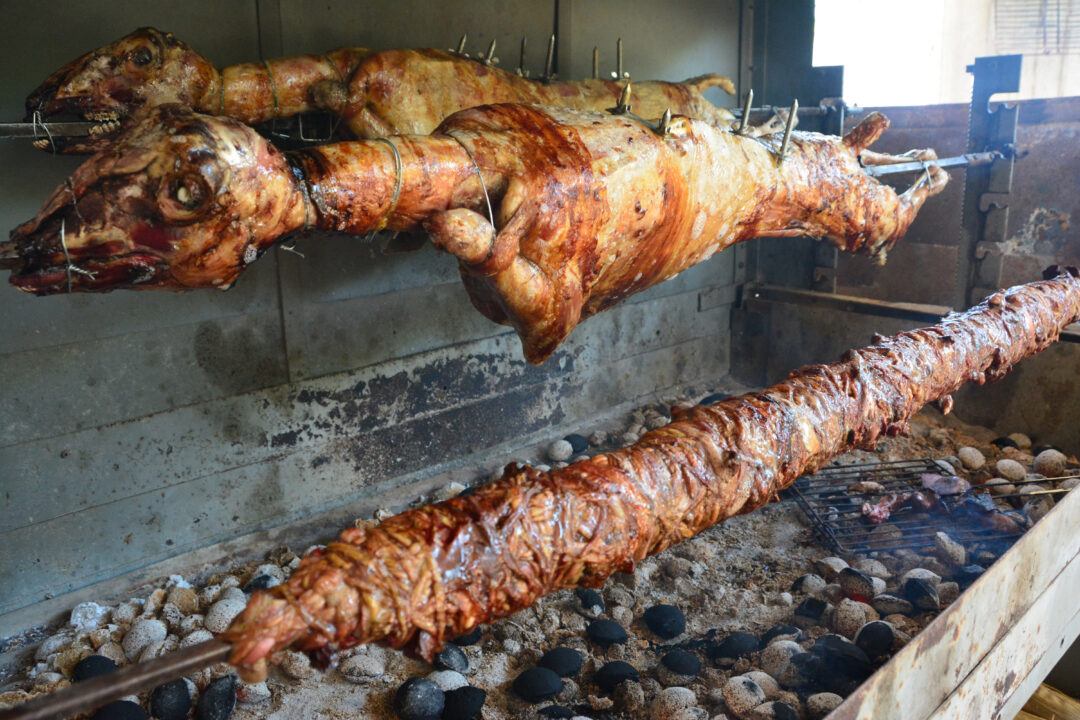
For those who don’t have an outdoor grill (and also for the rainy days), lamb or goat can be roasted in the oven together with potatoes, and sometimes even kokoretsi can be cooked that way. Apart from potatoes, traditional sides include green and Greek salad, cheese pie or spinach pie and handmade bread.
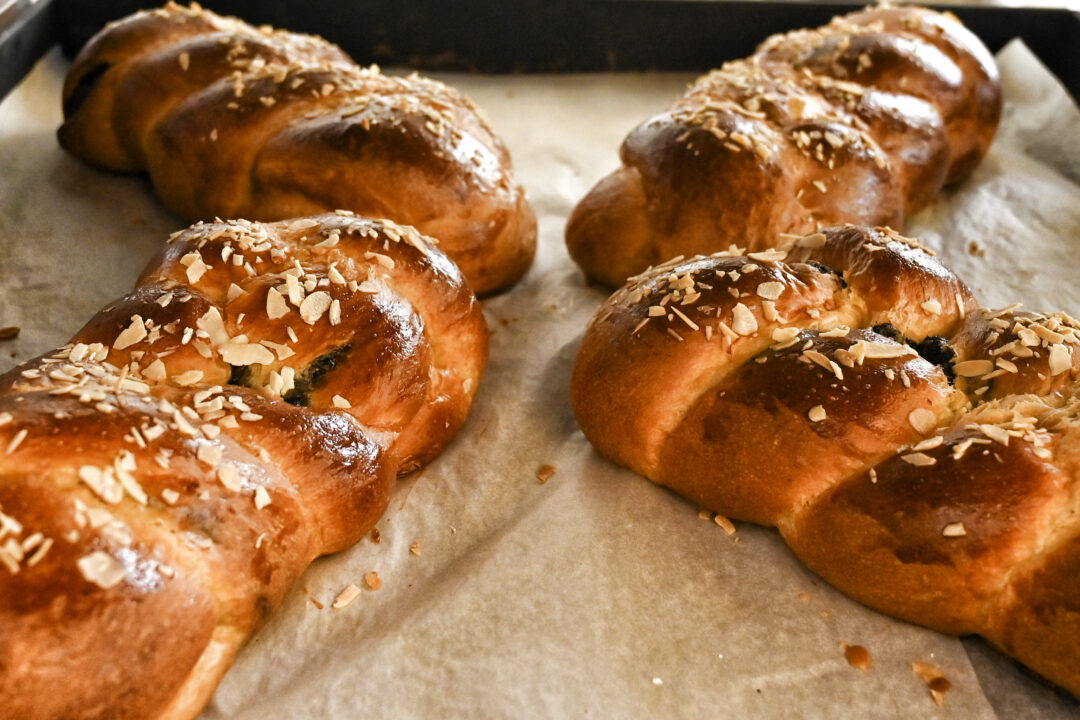
Another highlight of the meal is egg tapping: the Easter eggs, dyed red and sometimes decorated, are distributed and each person hits the other one’s egg with their own; the last one with an intact egg is the winner. Egg tapping often takes place at the Saturday night dinner, but it is particularly associated with Easter Sunday. The tsourekia sweet breads are also the day’s customary sweet, but any dessert can be brought to the table.
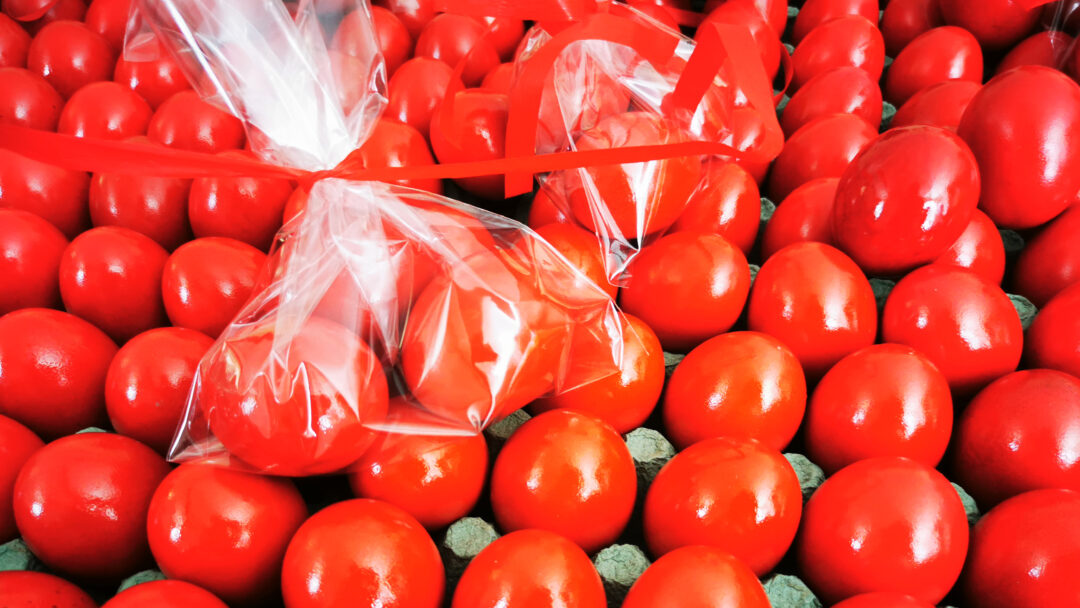
For forty days following Easter, it was customary for people to greet each other using the phrase “Christos anesti” (Jesus resurrected), and the response “Alithos o Kyrios”.
Read also via Greek News Agenda: The tradition of the Epitaphios procession; Sarakosti : A guide to Greek Lent


